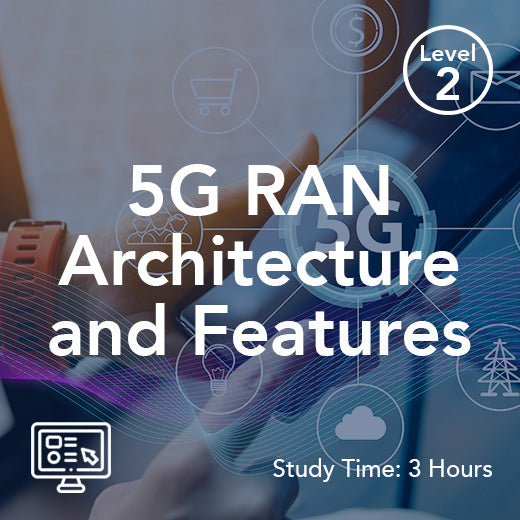Host Controller Interface
- , by Stephanie Burrell
- 3 min reading time
The host controller interface (HCI) is a crucial component in the world of computing and technology. It serves as the bridge between the host system and the various peripherals that are connected to it. In simple terms, the HCI allows the host system to communicate with and control the peripherals, such as USB devices, Bluetooth devices, and network adapters.
One of the key functions of the HCI is to manage the data transfer between the host system and the peripherals. This includes tasks such as sending and receiving data packets, handling interrupts, and managing power consumption. Without a properly functioning HCI, the host system would not be able to effectively communicate with the peripherals, leading to a breakdown in communication and potentially rendering the peripherals useless.
There are several different types of HCI interfaces, each designed for specific types of peripherals. For example, USB host controllers are used to manage USB devices, while Bluetooth host controllers are used to manage Bluetooth devices. Each type of HCI interface has its own set of protocols and specifications that dictate how data is transferred and how devices are controlled.
In addition to managing data transfer, the HCI also plays a crucial role in ensuring the security of the host system and the connected peripherals. By implementing encryption and authentication protocols, the HCI can help to prevent unauthorized access to the system and protect sensitive data from being intercepted or tampered with.
From a practical standpoint, the HCI is an essential component in modern computing systems. Without it, the host system would not be able to interact with the vast array of peripherals that are available today. Whether you are connecting a printer, a mouse, a keyboard, or a smartphone to your computer, the HCI is working behind the scenes to ensure that data is transferred smoothly and securely.
In conclusion, the host controller interface is a critical component in the world of computing and technology. It serves as the bridge between the host system and the peripherals, enabling communication and data transfer between the two. Without a properly functioning HCI, the host system would not be able to effectively interact with the peripherals, leading to a breakdown in communication and potentially rendering the peripherals useless. Whether you are a casual computer user or a seasoned IT professional, understanding the importance of the HCI is essential in ensuring the smooth operation of your computing systems.
When exploring what is host controller interface, it’s important to understand that the HCI is more than just a hardware link — it also defines a set of commands, events, and data structures that allow the host system to communicate with connected devices. These commands may include operations for sending or receiving data buffers, managing flow control, or handling specific protocols like USB or Bluetooth. By standardizing this controller interface, manufacturers can ensure interoperability across a wide range of peripherals and applications.
A USB host controller, for example, is designed to handle multiple usb devices simultaneously by managing memory buffers and performing read/write operations efficiently. The host controller interface HCI defines how the computer and peripherals exchange messages, whether it’s a smartphone transferring files or a printer receiving a document. Similarly, in the case of a Bluetooth host controller, the HCI allows the host to send control commands and receive events from the controller, ensuring smooth communication between higher-level applications and the wireless device.
Finally, the HCI also supports important security and protocol functions by ensuring that data transferred between the host and the peripherals follows strict specifications. For example, encryption and authentication mechanisms may be implemented at the interface level, helping prevent unauthorized access or tampering. In this way, the HCI not only provides the functionality needed to interact with peripherals but also ensures that this interaction is configured securely and reliably. Whether handling a few bytes of information or managing large data transfers, the host controller remains a critical building block in modern technology.

































